
One of the legendary four Aero Warriors, the 1970 Plymouth Superbird was built for a single purpose: to dominate NASCAR. And dominate it did.
During the 1970 racing season, Plymouth had remarkable success with Richard Petty, who soared the #43 Superbird to over 200 miles per hour to capture 18 victories.
However, the domination on the track was short-lived because NASCAR established regulations in 1971 that clipped all its advantages, making it a one-year-only model both on and off the track.
Let’s dive deeper into the 1970 Plymouth Superbird, shall we?
Table of Contents
What is a Plymouth Superbird?
The 1970 Plymouth Superbird was fast, audacious, and victorious.
It was born from a confluence of competitive strategy, aerodynamic innovation, and Plymouth’s desire to lure Richard Petty back onto their NASCAR racing team.
Its inception in 1969 was primarily to bring Richard Petty back to Plymouth’s racing team. Petty, having switched to Ford in 1969 after being unable to drive for Dodge, was influenced by the success of the aerodynamic 1969 Dodge Charger Daytona.
Plymouth’s response was the development of the Superbird for the 1970 racing season. This move successfully brought Petty back, leading to 18 victories that year in the #43 Petty Blue 426 Hemi-powered Superbird. Petty’s teammate, Peter Hamilton, clinched victories in the Daytona 500 and Talladega races driving his Superbird.
The Superbird’s creation was also driven by the need to compete with Ford’s dominance in the previous racing season, reflecting the era’s mantra of “what wins on Sunday, sells on Monday.”
Modeled after the Dodge Charger Daytona, the Superbird was Plymouth’s ambitious aerodynamic foray into the high-speed world of stock car racing.
Built on the foundation of a Plymouth Roadrunner, the Superbird featured a 20-inch extended nose, a streamlined rear window, and a towering 24-inch rear wing. These modifications, aimed at reducing wind resistance, transformed the car into a dominant force on the track.
However, before it could race, the Superbird had to meet NASCAR’s homologation requirements, which mandated manufacturers to produce a minimum number of road-going versions of their race cars.
Despite its success in the 1970 season, its competitive life was cut short by NASCAR’s 1971 rule changes. These new regulations limited engine displacement to 305 cubic inches for aero cars or required additional weight for larger engines, effectively ending its competitive edge.
Highlights
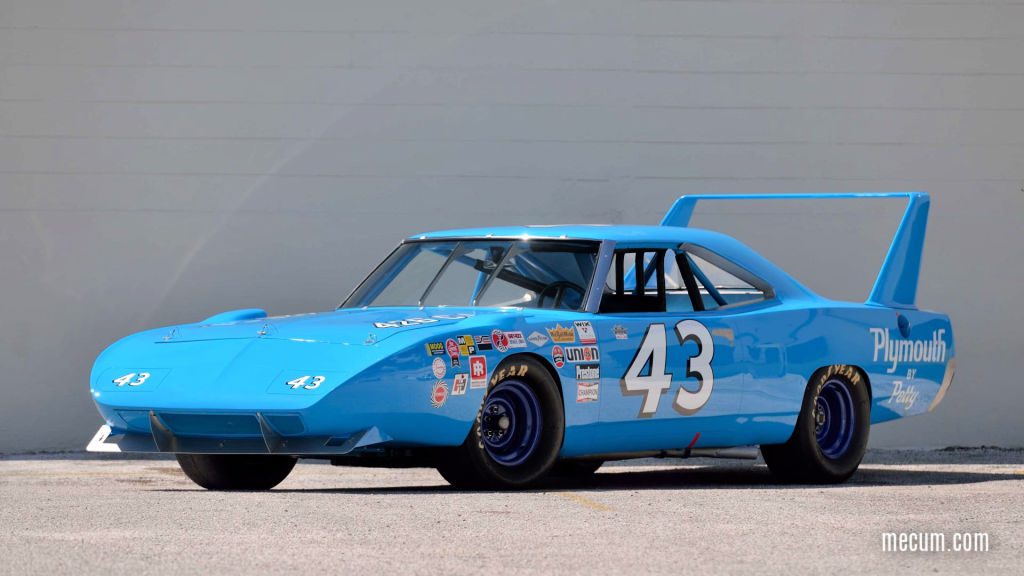
The Superbird blended high performance with a radical, distinctive style. Here are some highlights that set this iconic Aero Warrior apart from other American Muscle Cars.
| Feature | Description |
|---|---|
| Aerodynamics | Nosecone, flush rear window, and rear tail wing; designed for improved aerodynamics in NASCAR racing |
| Body Style | Roadrunner base; 2-door coupe |
| Engine Options | 426 Hemi, 440 Super Commando, 440 Super Commando Six Barrel |
| Transmission Options | 4-speed manual, 3-speed automatic Torqueflite 727 |
| Performance | Acceleration from 0 to 60 mph in 5.5 seconds (426 Hemi V8) |
| Interior Design | Same as the Plymouth Roadrunner, with options for bench or bucket seats |
| Colors | Alpine White, Limelight, Lemon Twist, Tor-Red, Vitamin C, B5 Blue, and Corporate Blue, which is also known as Petty Blue. A few Burnt Orange examples |
Styling

The Superbird’s design was as radical as its inception; its extended nosecone and towering rear wing were a bold departure from 1970s automotive norms.
Designed for aerodynamic superiority in NASCAR, its futuristic look captivated some but puzzled others. It featured an extended nosecone, pop-up headlights, 19 inches longer than the Daytona, and a high-mounted rear wing, a stylistic choice and a functional element to increase downdraft efficiency.
Styling Highlights
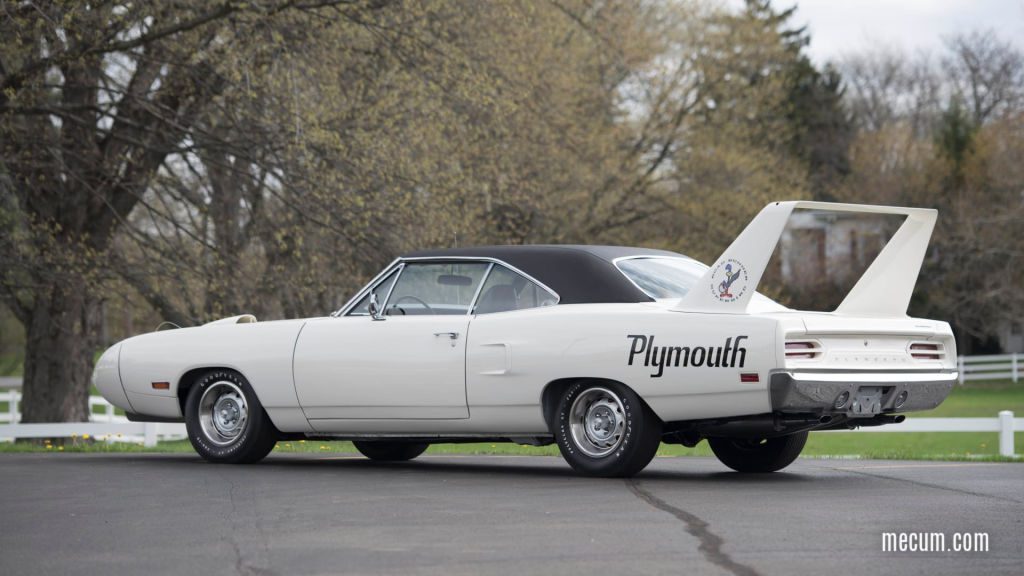
| Feature | Description |
|---|---|
| Body Style | Roadrunner 2-door coupe |
| Length | 221 inches; 19 inches longer than the Dodge Daytona |
| Nose Design | Protruding, aerodynamic nosecone; 20 inches long |
| Headlights | Pop up headlights hidden in the nosecone |
| Rear Wing | High-mounted on tall struts; 24 inches tall |
| Fenders & Hood | Front fenders and hood are modified from the 1970 Dodge Coronet |
| Air Extractor Scoops | Non-functional, placed atop front fenders |
| Hood Pins | Hood pins were a standard feature |
| Vinyl Top | Most, if not all, came with a vinyl top to conceal the seams around the rear window |
| Graphic Images | Road Runner cartoon carrying a race helmet |
| Horn Sound | Mimics the Road Runner’s “Beep! Beep!” |
The hood and front fenders were borrowed from the 1970 Dodge Coronet. This was part of the extensive modifications to transform the base Plymouth Road Runner into the Superbird. The Coronet’s hood and front fenders contributed to the Superbird’s distinctive aerodynamic design.
These features, along with the non-functional air extractor scoops and the distinctive graphics that paid homage to the Road Runner cartoon character, made the Superbird stand out in a sea of traditional supercars. The car’s horn mimicked the cartoon character’s signature “Beep! Beep!” sound.
While the Superbid dominated the oval track, it didn’t dominate dealership sales records. Because it wasn’t practical for daily driving, dealers had to get resourceful to address the lackluster sales. Many unsold Superbirds were converted back into more conventional Roadrunners to move them off the lots.
While not unanimously accepted when it was originally released, this polarizing design would cement the Superbird’s status as an iconic symbol of the muscle car era decades later.
Superbird Photo Gallery

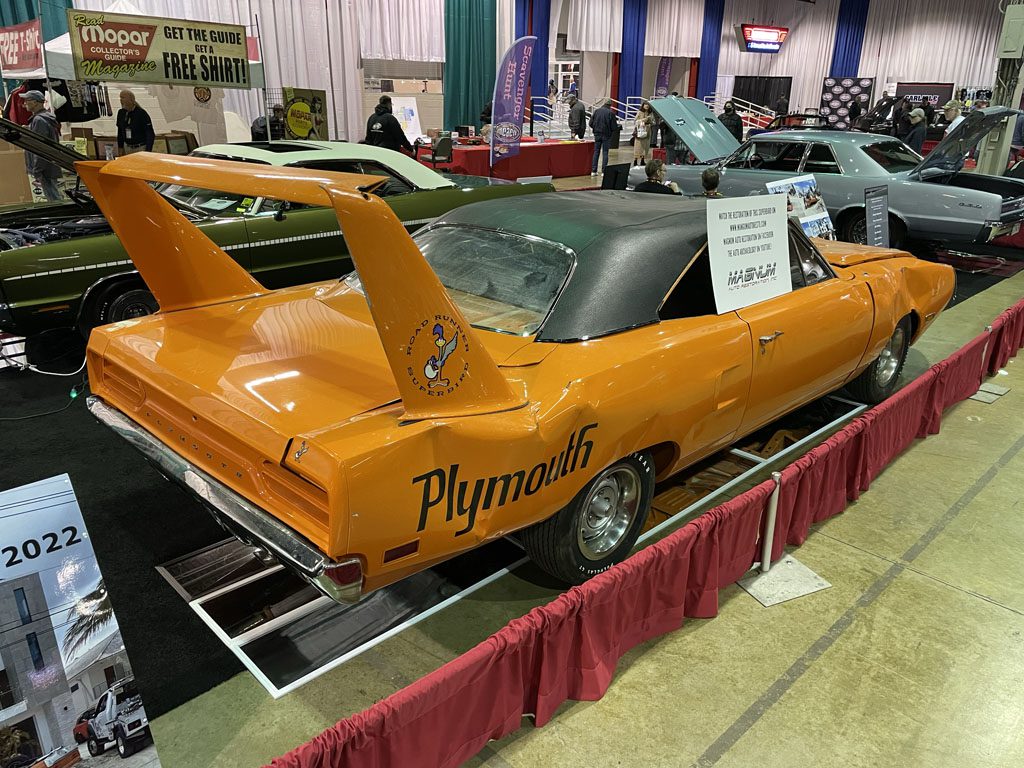


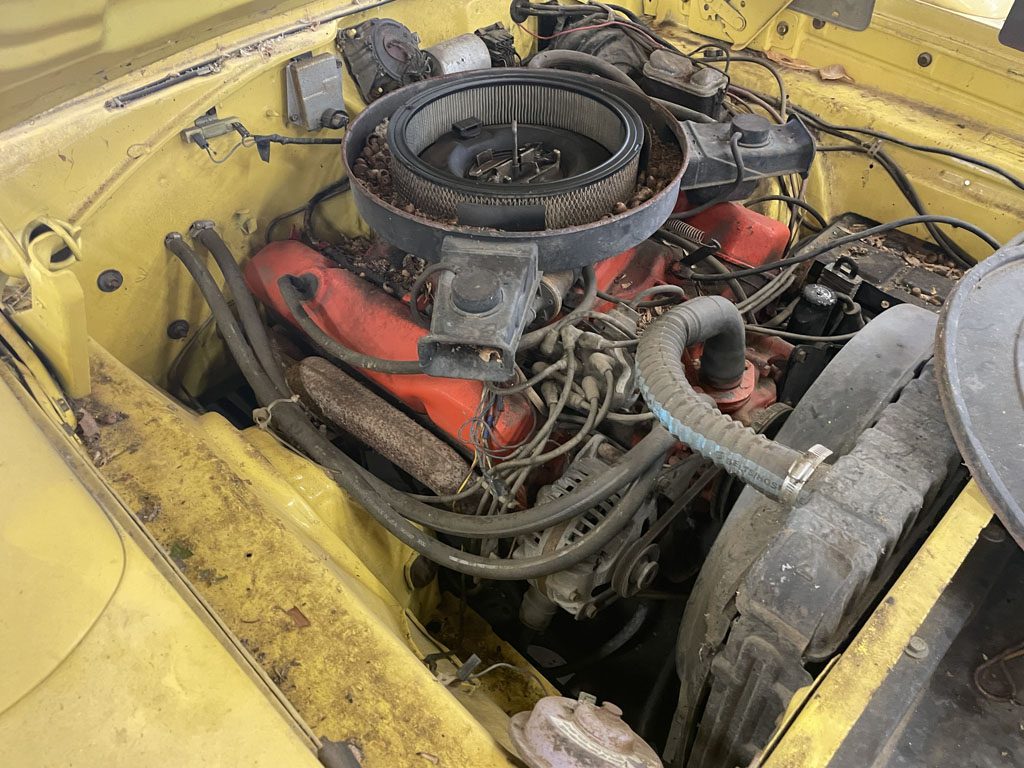


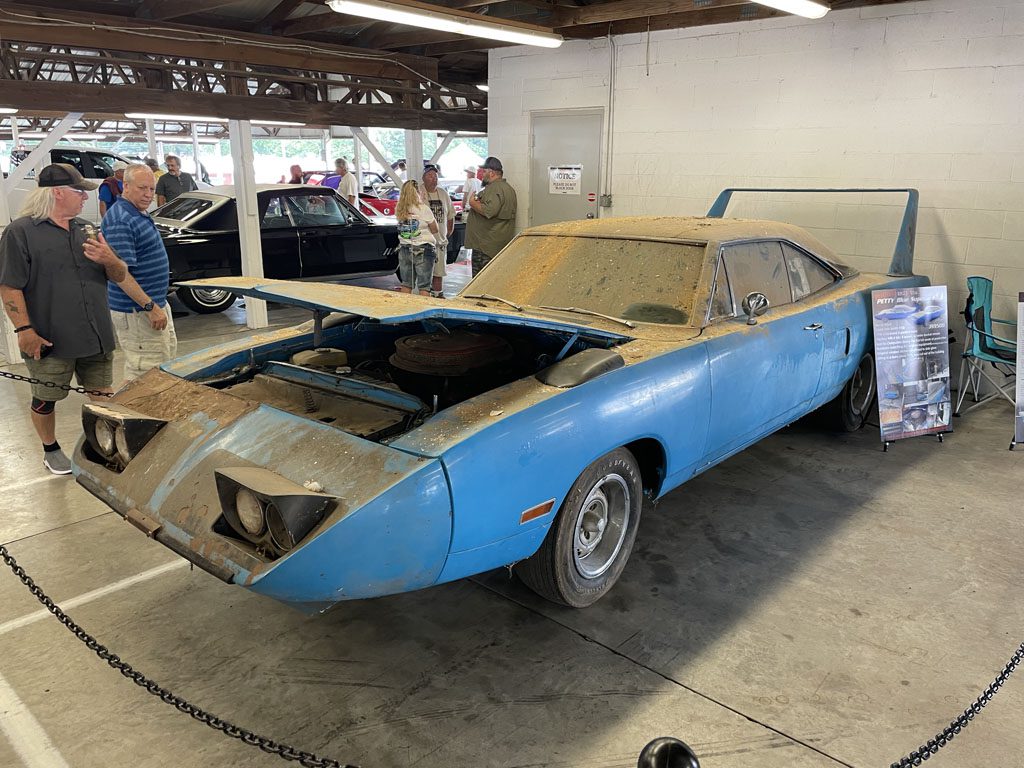
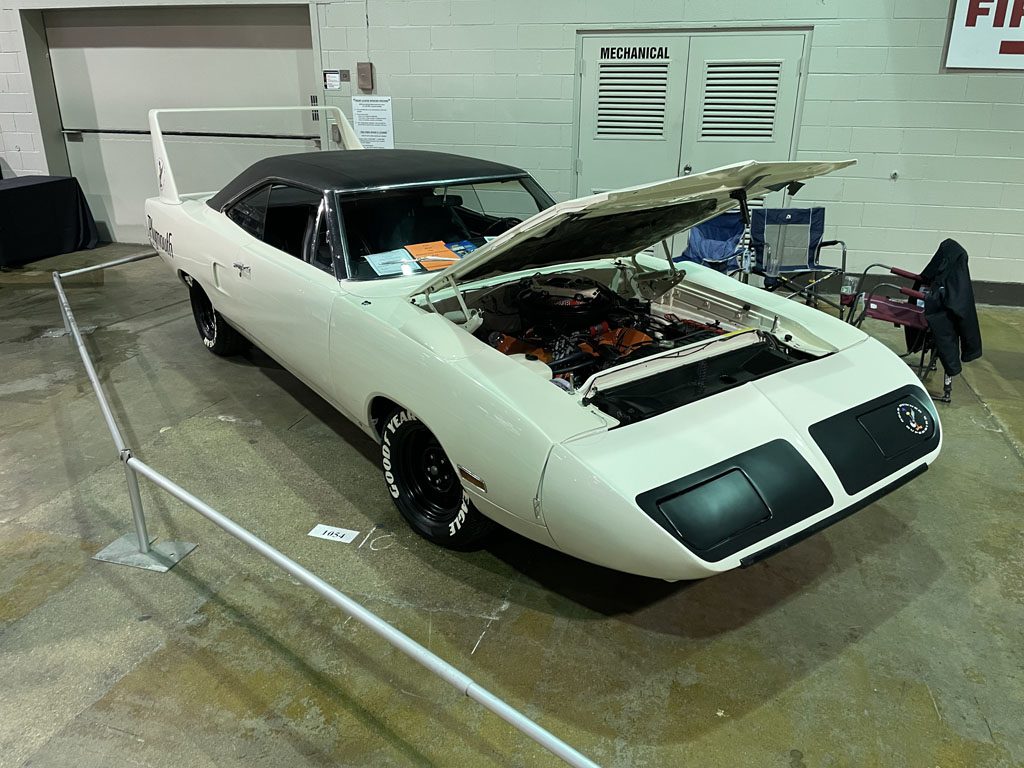
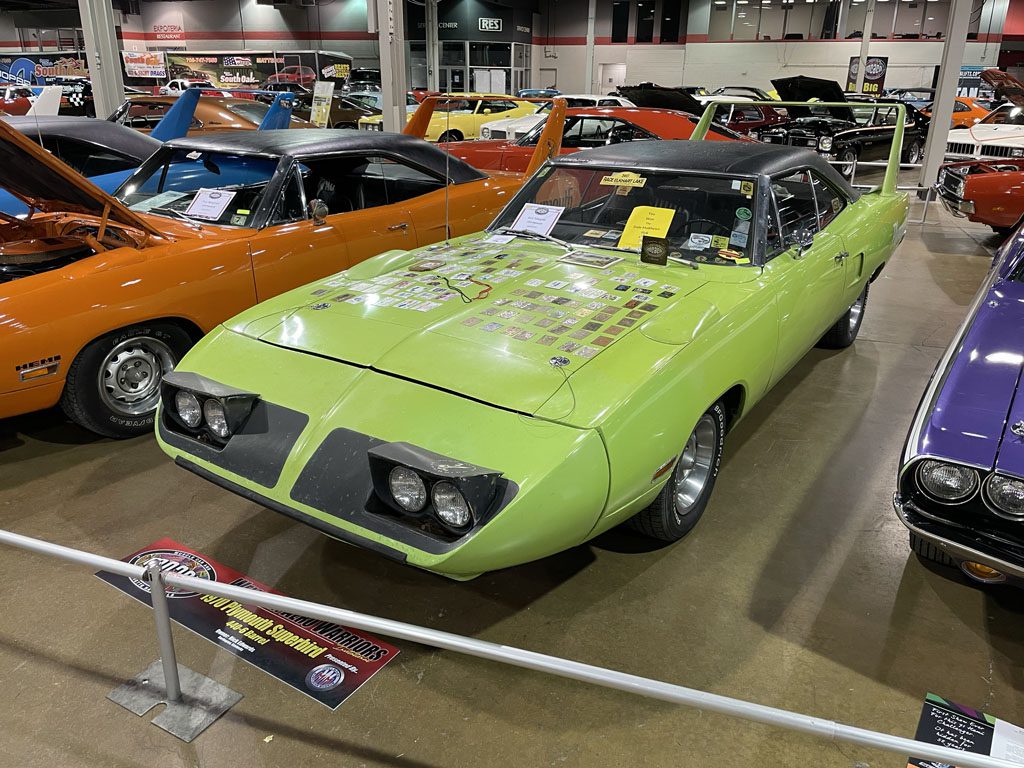
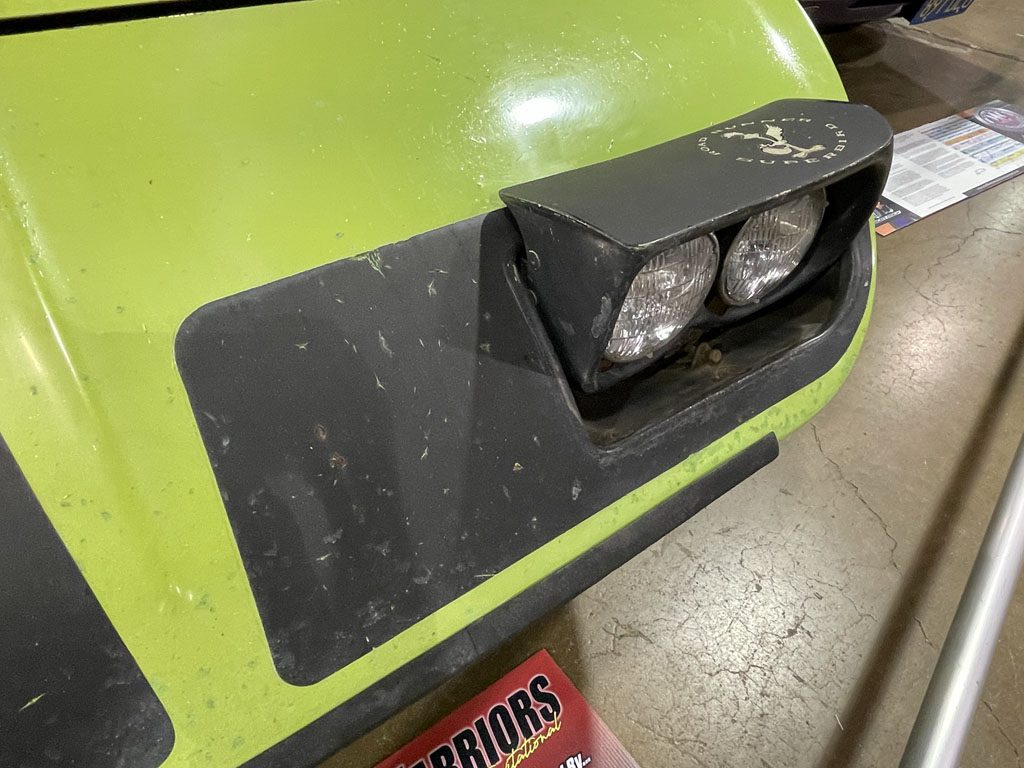

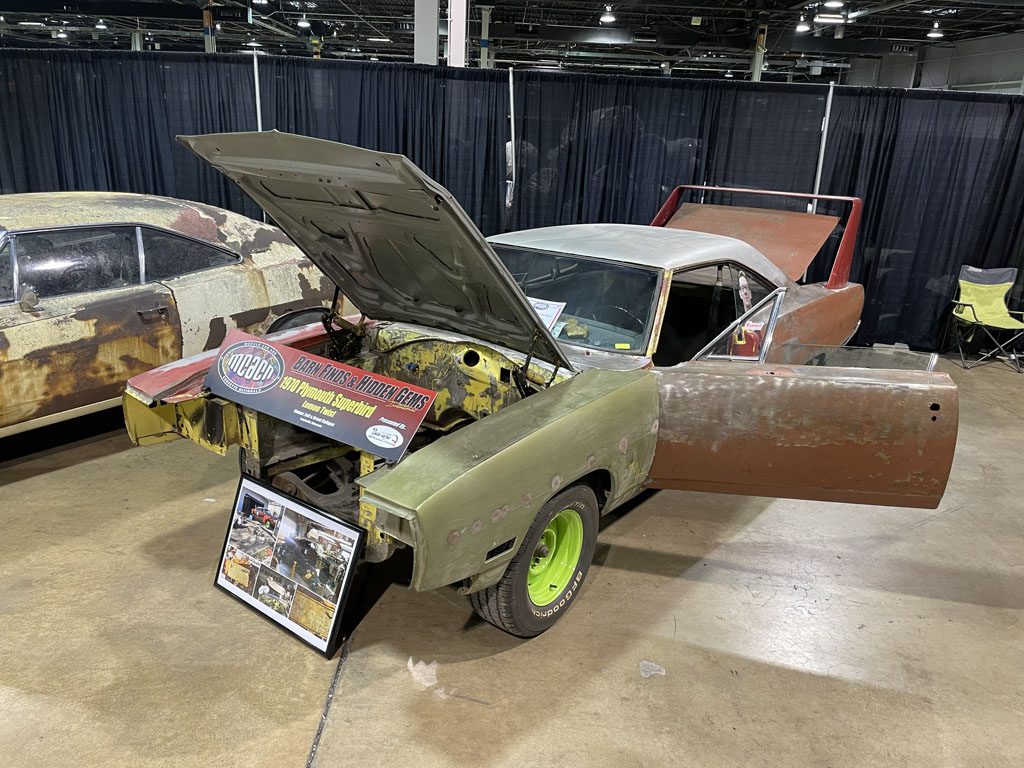

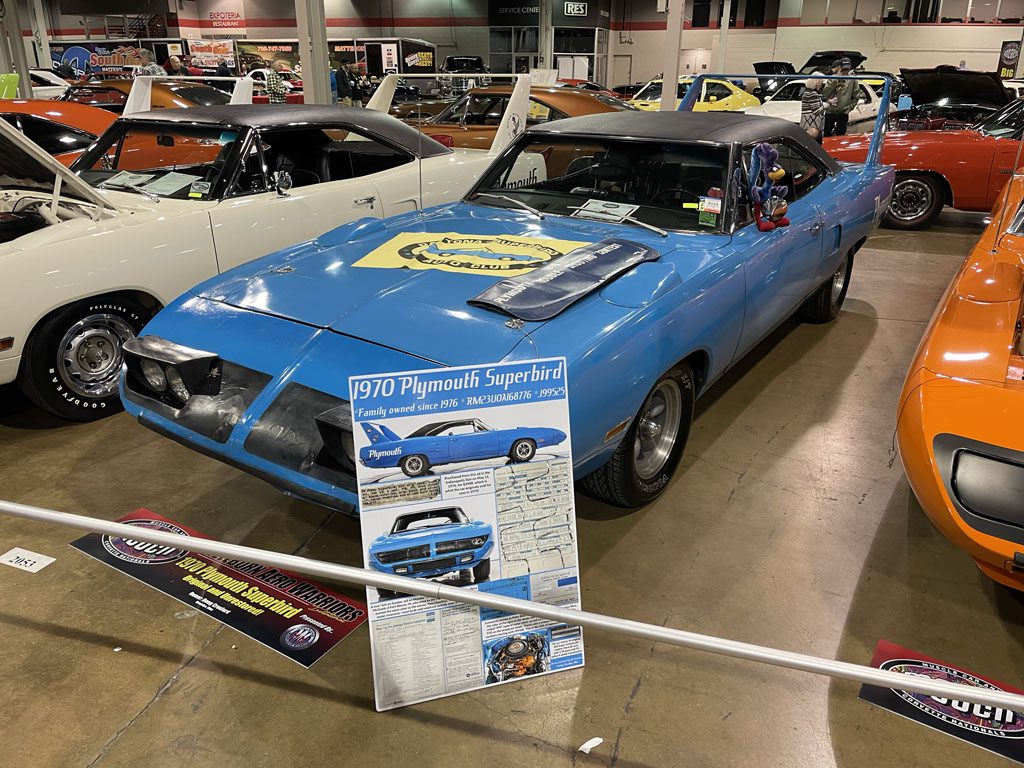
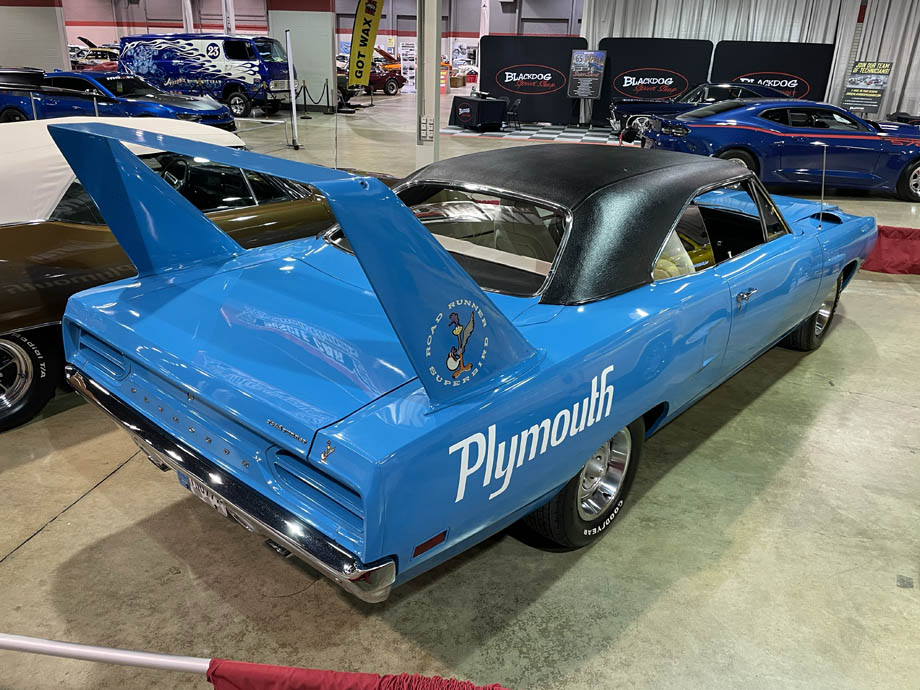
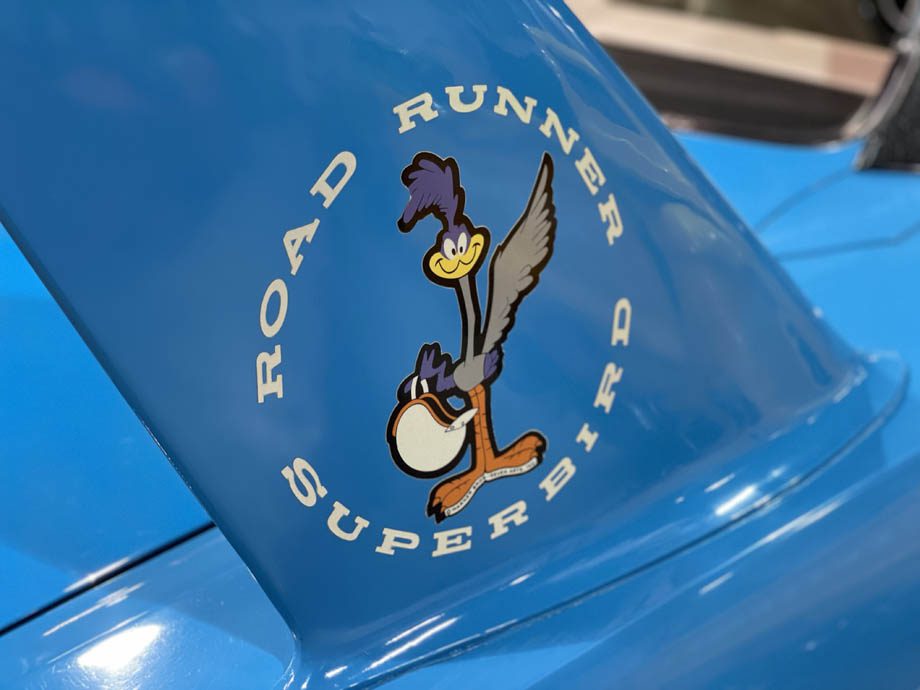
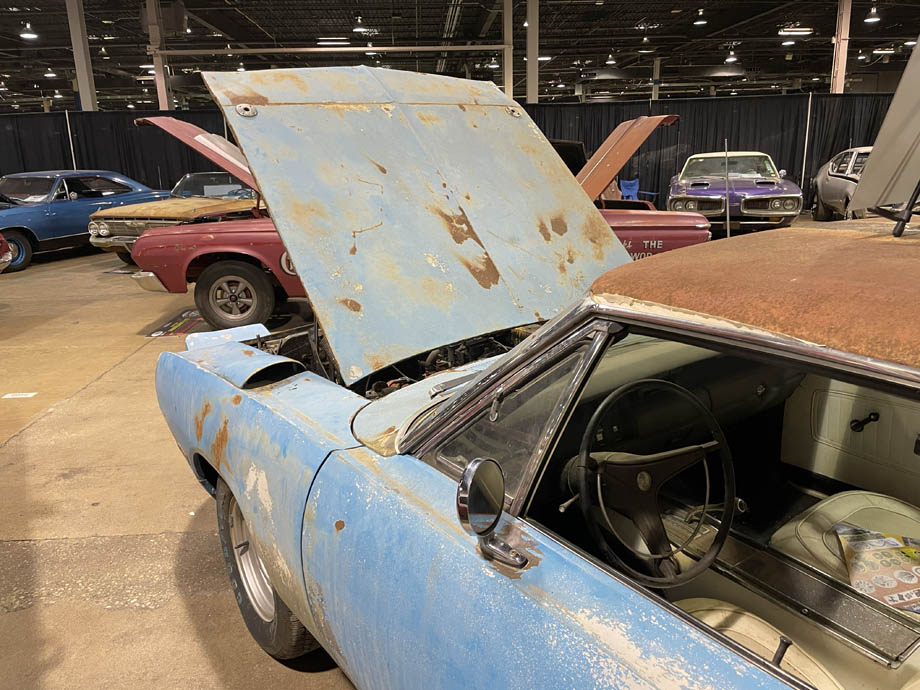
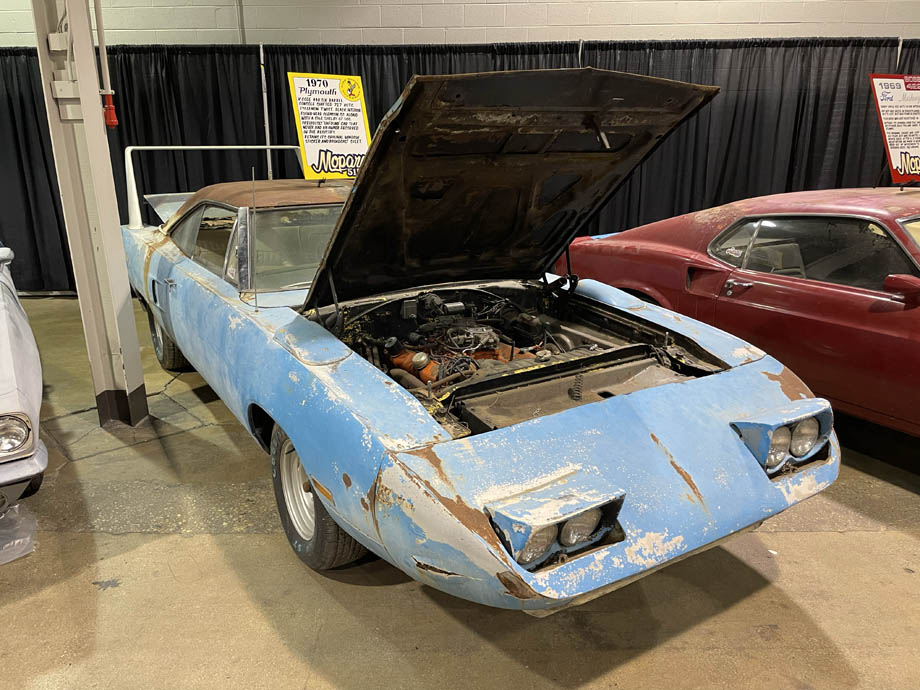
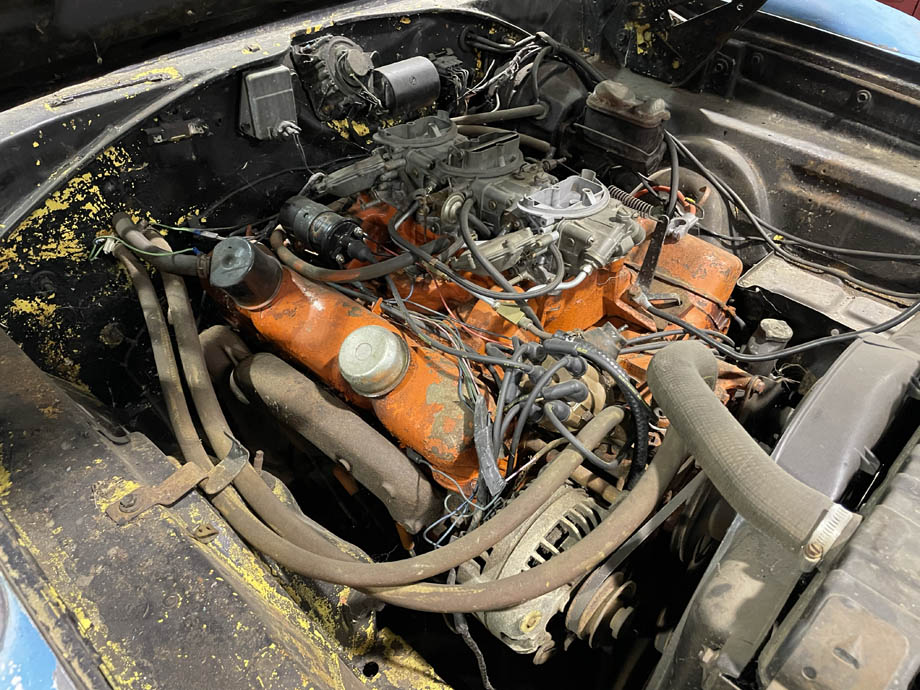
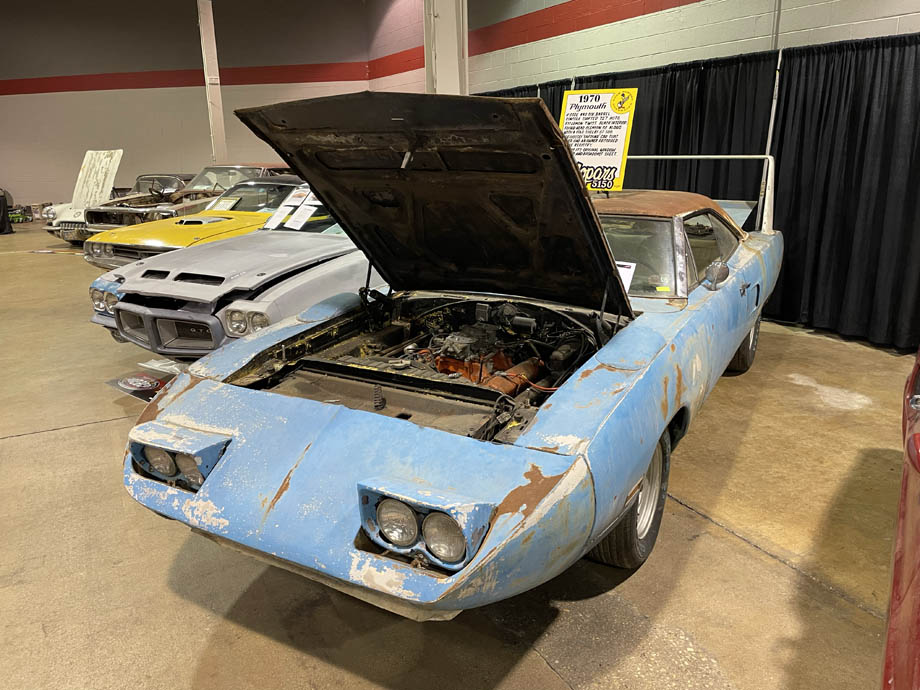
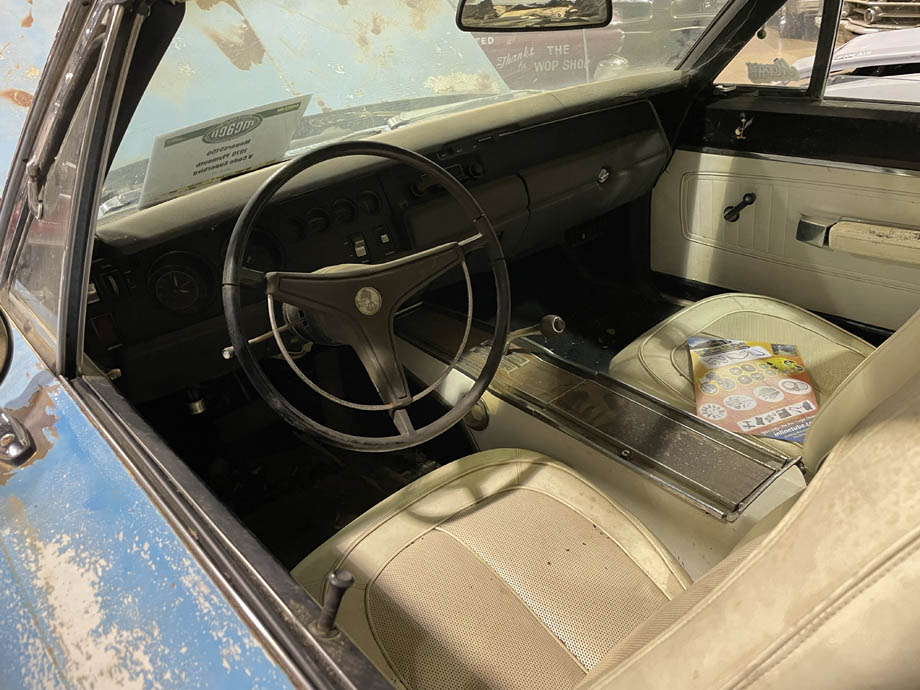
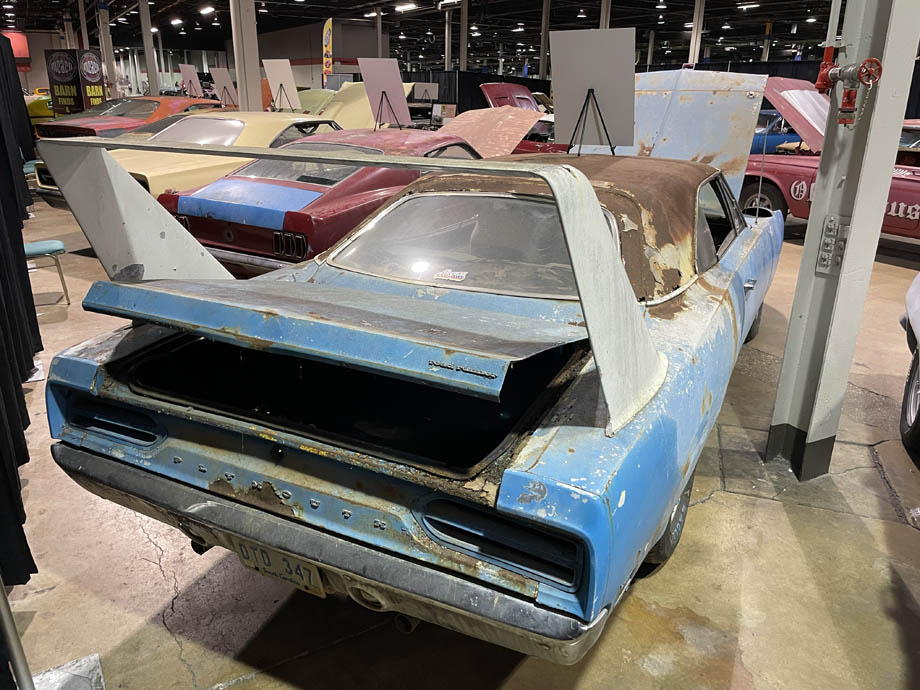
Paint Colors
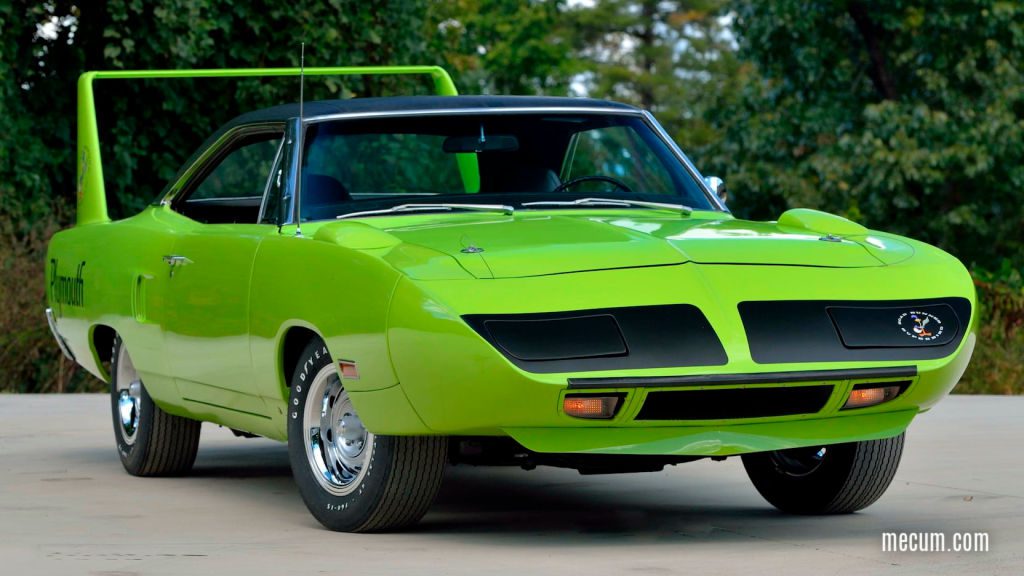
The Superbird dazzled the automotive world with its aerodynamic styling and vibrant palette of seven factory paint colors, including several Mopar High Impact Colors.
Each color had its own character: Alpine White exuded elegance, Limelight and Lemon Twist brought a zest of bright, lively hues, while Tor-Red and Vitamin C added a bold, energetic touch.
Blue Fire offered a classic muscle car feel, and the distinctive Corporate Blue, also known as Petty Blue, paid homage to racing legend Richard Petty.
This kaleidoscope of colors made the Superbird stand out even more than the front nose cone and rear two-foot tall wing.
The Superbird’s roof featured a vinyl top to conceal the seams surrounding the flush-mounted rear window’s plug. This method was chosen over hand-leading the seams, as it saved both time and money.
Official Paint Colors
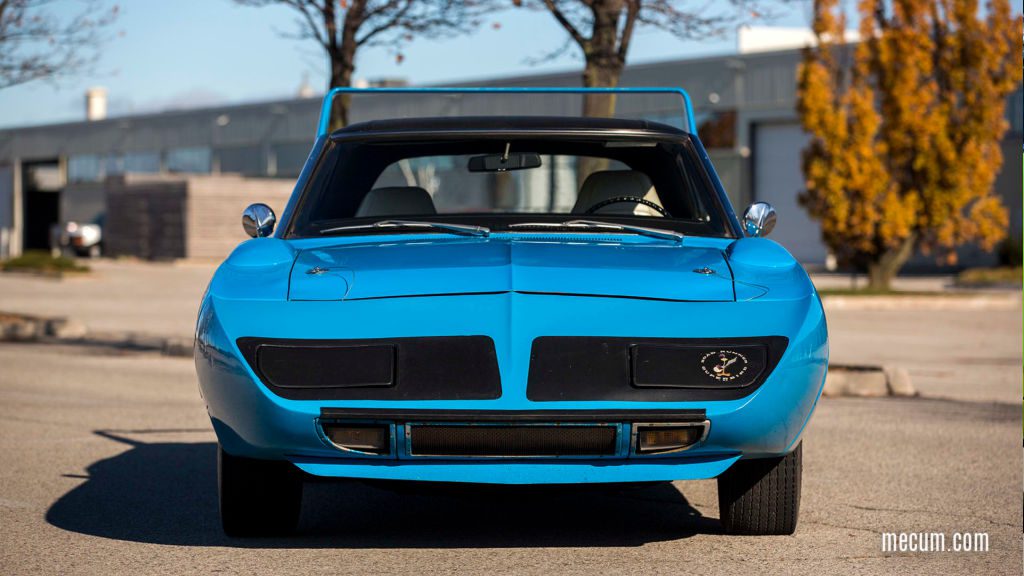
| Paint Code | Color Name | Description |
|---|---|---|
| FY1 | Lemon Twist | A bright, yellow hue |
| EV2 | Tor-Red | A bold, deep red |
| EK2 | Vitamin C | An orange-like color |
| FJ5 | Lime Light | A vibrant, light green |
| EW1 | Alpine White | A classic, bright white |
| FB5 | Blue Fire | A medium blue hue |
| 999 | Corporate Blue | Also known as “Petty Blue” |
Production included an accidental and extremely rare FK5 Burnt Orange paint. Some sources suggest only a handful, possibly just a few units, were finished in this color, as Burnt Orange was not an official part of the Superbird’s color palette.
Engines
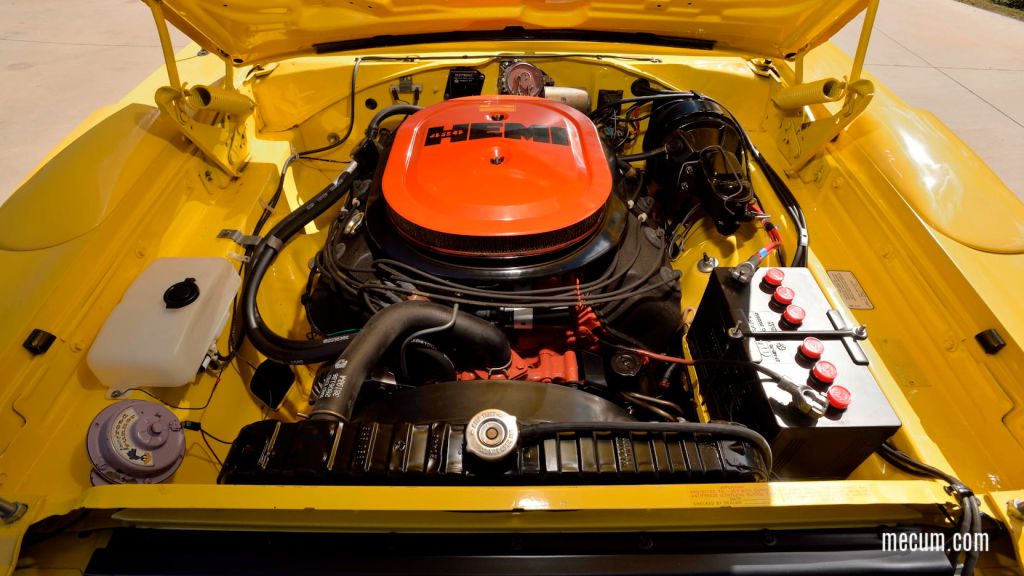
The base engine, known as the “Super Commando” 440, featured a 440 cid engine with a four-barrel Carter AVS-4737-S carburetor, producing 375 horsepower and 480 lb-ft of torque.
Another variant, the “440+6” Super Commando, offered a unique configuration with a 440 cid engine but with three Holley double-barrel carburetors, creating a six-barrel setup that delivered 390 horsepower and 490 lb-ft of torque.
The top dog was the legendary 426 HEMI engine, equipped with two Carter AFB-3085-S four-barrel carburetors, generating 425 horsepower and 490 lb-ft of torque.
| Engine Type | Horsepower | Torque (lb-ft) |
|---|---|---|
| 440 cid V8 (4bbl) | 375 hp | 480 lb-ft |
| 440 cid V8 (3x2bbl) | 390 hp | 490 lb-ft |
| 426 cid V8 (HEMI) (2x4bbl) | 425 hp | 490 lb-ft |
Transmissions
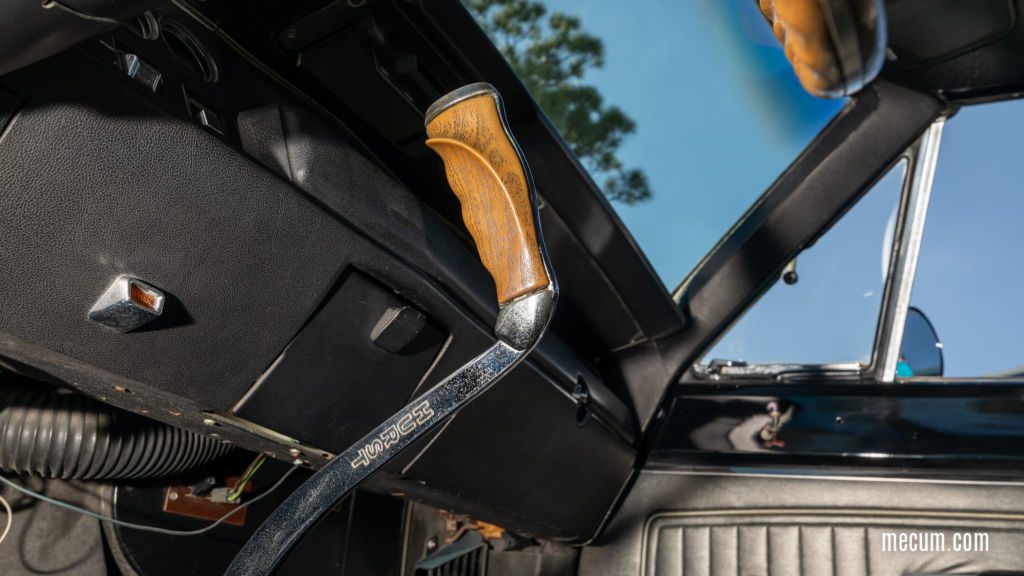
The Superbird offered two transmission options: a three-speed automatic for convenience and ease and a four-speed manual for control and engagement, catering to various driving preferences.
The three-speed 727 TorqueFlite Automatic transmission is known for its ability to take a beating. This heavy-duty transmission, featuring an all-aluminum case, was the favored option. In total, 1,084 automatic transmissions were installed across all engine types.
The four-speed A833 manual transmission was the alternate option. With its durable cast-iron case, this was Chrysler’s flagship manual gearbox. 851 units were equipped with manual transmissions across all engine types.
Production
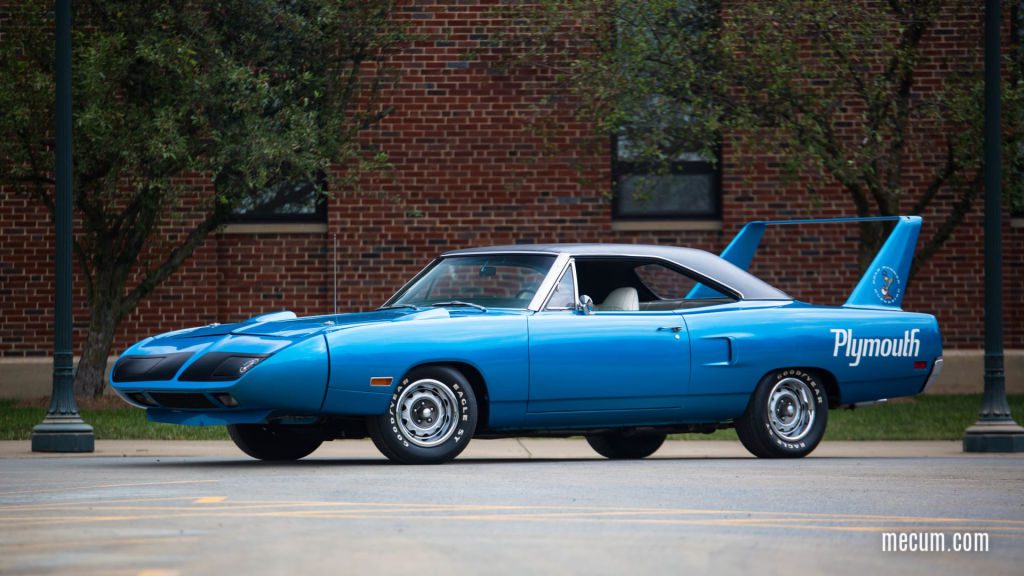
The production story of the 1970 Plymouth Superbird is a fascinating tale of rarity and exclusivity. Only 1,935 units were ever made, and each one became a coveted piece of automotive history.
For NASCAR homologation purposes, Plymouth was required to produce 1,000 street versions or one Superbird for every two of its dealers in the United States, which amounted to approximately 1,920 units for the 1970 model year.
In comparison, Dodge only had to produce 500 street versions of the Charger Daytona a year before. They squeaked by with 503 units. Plymouth had to produce nearly four times as many in 1970.
This limited run included a diverse mix of powertrains: 1,084 units were equipped with the 440 cid V8 with a 4-barrel carburetor, 716 featured the more powerful 440 cid V8 with a 3×2-barrel carburetor, and a mere 135 units boasted the legendary 426 HEMI engine.
Engine Production Figures
| Engine Type | Production Units |
|---|---|
| 440 V8 (4bbl) | 1,084 units |
| 440 V8 (3x2bbl) | 716 units |
| 426 V8 (2x4bbl) HEMI | 135 units |
| Total Production in 1970 | 1,935 units |
Transmission Production Figures
The transmission options catered to diverse driving preferences: the three-speed 727 TorqueFlite Automatic, chosen by 1,084 owners for its smooth operation, and the four-speed New Process A833 Manual, preferred by 851 enthusiasts for a more engaging experience.
| Engine Type | Manual Transmission | Automatic Transmission | Total Units |
|---|---|---|---|
| 440 cid V8 with 4-barrel Carburetor | 466 | 618 | 1,084 |
| 440 cid V8 with 3×2-barrel Carburetor | 308 | 408 | 716 |
| 426 cid HEMI V8 | 77 | 58 | 135 |
| Total | 851 | 1,084 | 1,935 |
Performance

In the world of performance, the Plymouth Superbird was a dual-threat. The 426 HEMI ticked the quarter-mile on the drag strip in just 13.5 seconds at 105 mph. But it soared on the NASCAR track, breaking the 200 mph barrier and rewriting racing history—a feat as thrilling as game-changing.
| Engine Type | Quarter-Mile Performance |
|---|---|
| “Super Commando” 440 | 14.26 seconds @ 103.7 mph |
| 440+6 Super Commando | N/A |
| 426 HEMI V8 | 13.5 seconds @ 105 mph |
Plymouth Superbird Related Questions
In 1970, a total of 1,935 Plymouth Superbirds with three different engine configurations. The 440-cid 4-barrel carburetor totals 1,084 units (466 manual and 618 automatic). The 440 cid 3×2-barrel carburetor was next, with 716 units produced (308 manual and 408 automatic). The rarest was the 426 cid HEMI V8, with only 135 units (77 manual and 58 automatic).
The Plymouth Superbird, with a 426 Hemi engine, could accelerate from 0 to 60 mph in about 5.5 seconds. Its top speed exceeded 200 mph in NASCAR. As for quarter-mile performance, the Superbird could run it in approximately 13.5 seconds, traveling at 105 mph.
The value of a Plymouth Superbird varies widely based on factors like condition, engine type, and historical significance. According to Hagerty, values lie between $238,000 and $715,000, depending on the condition. The rare 426 HEMI versions are significantly more valuable, with some instances reaching over $2 million at auctions. A notable example is Richard Petty’s Superbird, which attracted a bid of $3.5 million in 2019 but didn’t meet the reserve price. The car’s history, provenance, restoration, or preservation state can influence its market value.
The base model with the 440 Super Commando was priced at around $4,298. The 440+6 Super Commando was slightly more expensive at about $4,548. The top-of-the-line model with the 426 Hemi engine was the most expensive, priced at approximately $5,139. These prices would vary with additional options and features.
The Plymouth Superbird was effectively banned from NASCAR due to rule changes introduced in 1971, primarily driven by safety concerns. These cars, capable of exceeding 200 mph, posed significant risks given the tire and braking technology of the time. NASCAR’s new regulations limited engine displacement to 305 cubic inches for aero cars like the Superbird unless they carried additional weight, making them uncompetitive. Additionally, the 426 Hemi engine was required to use a carburetor restrictor plate, further limiting its performance.
Conclusion
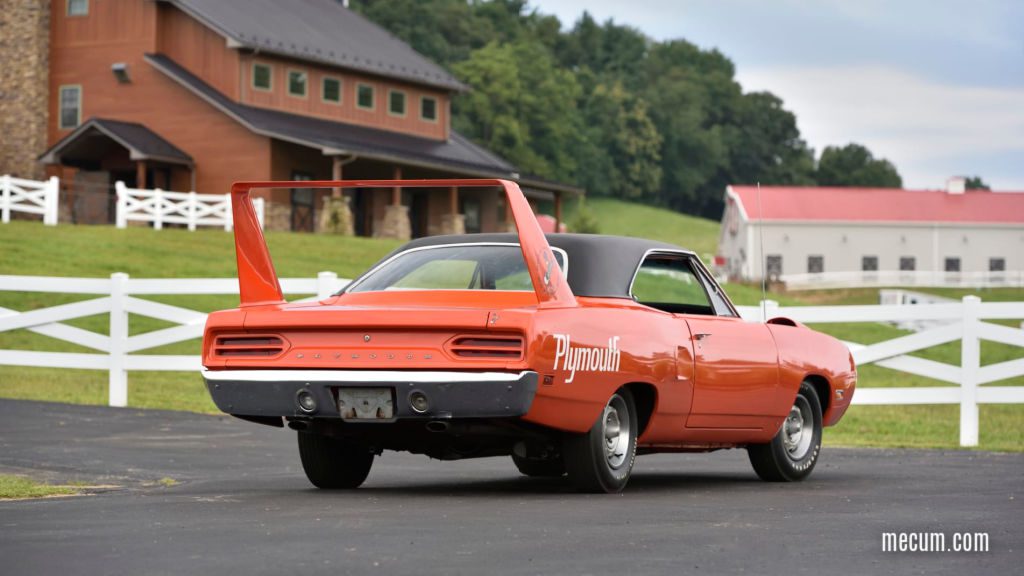
Today, the Plymouth Superbird stands as a monumental icon in the muscle car era, an audacious spirit of automotive design and engineering of its time.
Its brief but impactful presence in 1970 left an unforgettable mark on NASCAR and muscle car culture with its distinctive aerodynamic styling and performance.
Though its production was limited and its time in the spotlight short due to changing racing regulations and market dynamics, the Superbird’s legacy lives on.
The Plymouth Superbird is celebrated for its unique blend of speed, power, and bold design. It encapsulates the adventurous and innovative spirit of an era when cars were more than just a means of transportation; they were a statement. The 1970 Plymouth Superbird is arguably the boldest statement made during the muscle car era.
Take Our Poll!
"*" indicates required fields
Sources: Wikipedia, Top Speed, Volo Museum
Ryan
Ryan has owned muscle cars since 1986 and currently owns a 1972 Dodge Charger Rallye. He combines passion and experience to create engaging content for fellow muscle car enthusiasts. In 2018, he founded Muscle Cars Illustrated, authoring hundreds of articles on tips, history, and trends in the muscle car industry. He attends national car shows, auctions, and museums to stay current with the latest developments in the muscle car industry.Comments
Comments are closed.

Ryan I purchased. 1970 superbird in Oct. 2023 440 4 (4 bbl) RM23U0A167102 lemon twist yellow Crysler registry, I enjoy driving the car, passed 150 MPH
Keep up the great articles Ryan, I thoroughly enjoy reading them, regardless of the make or model. I do have a soft spot for Mopars as they are my passion, but I appreciate all muscle cars and truly enjoy reading your articles on all cars.